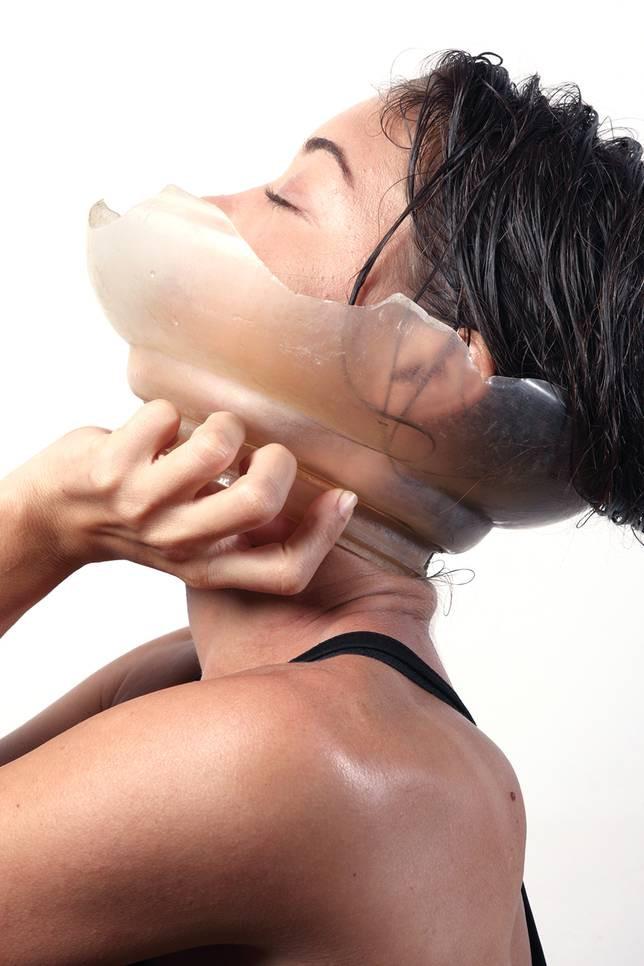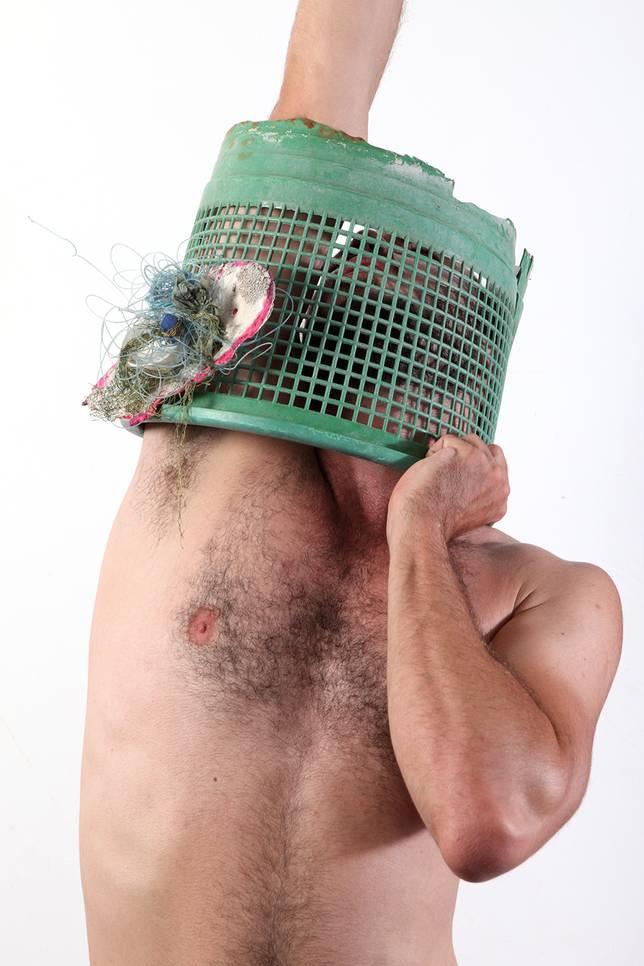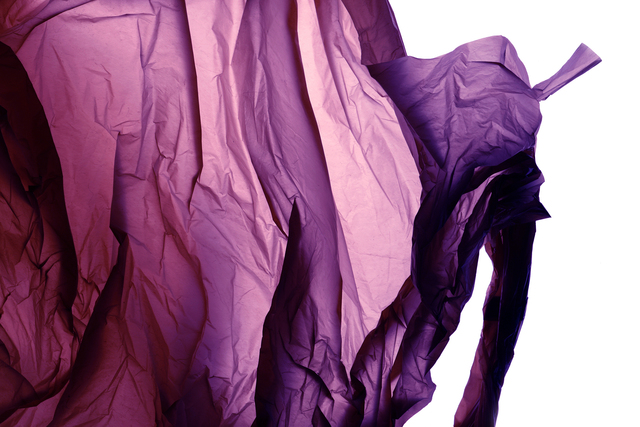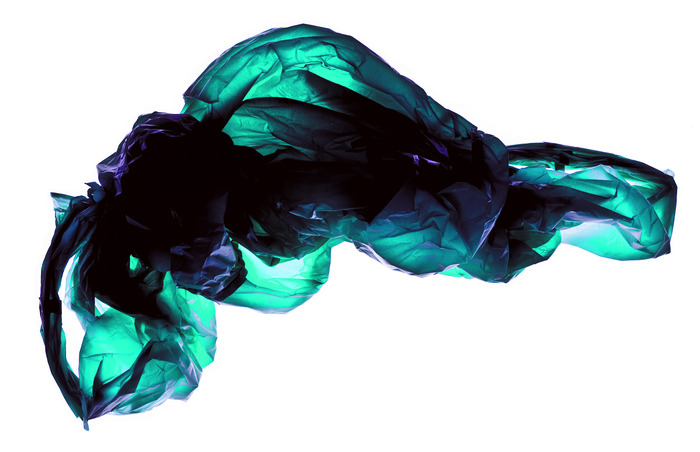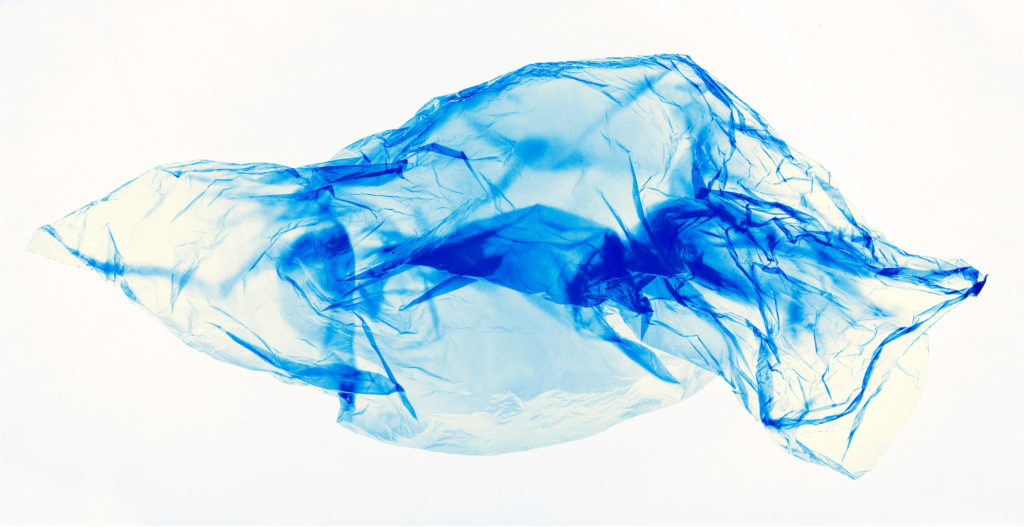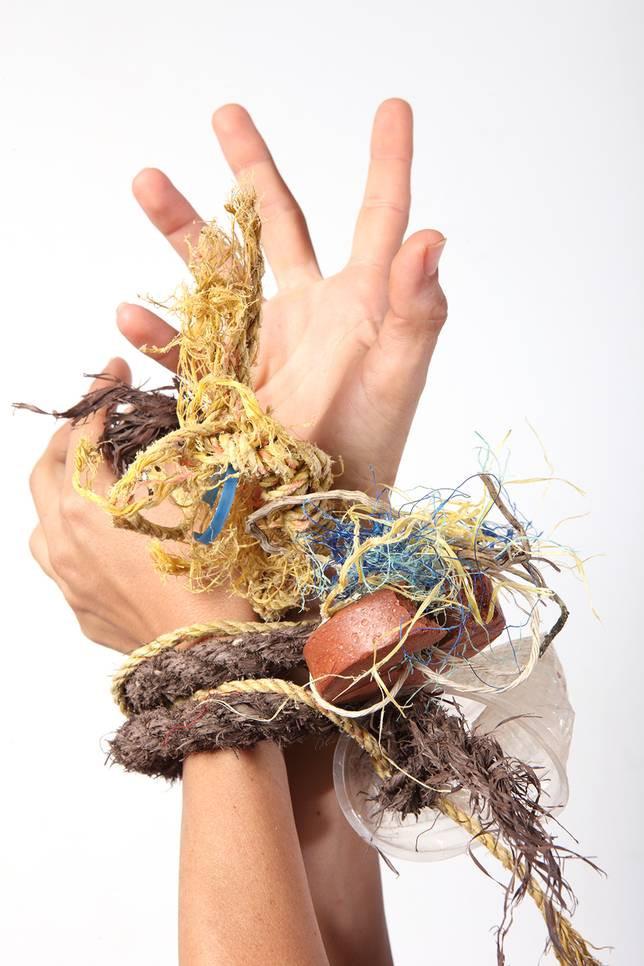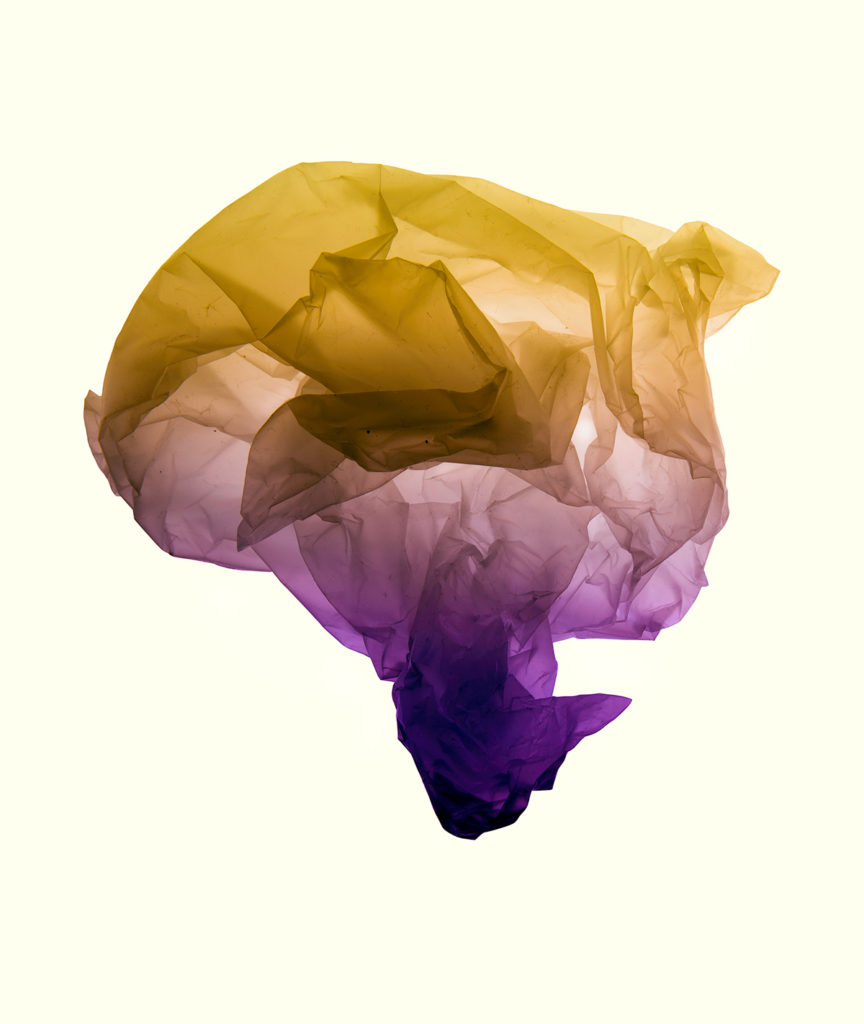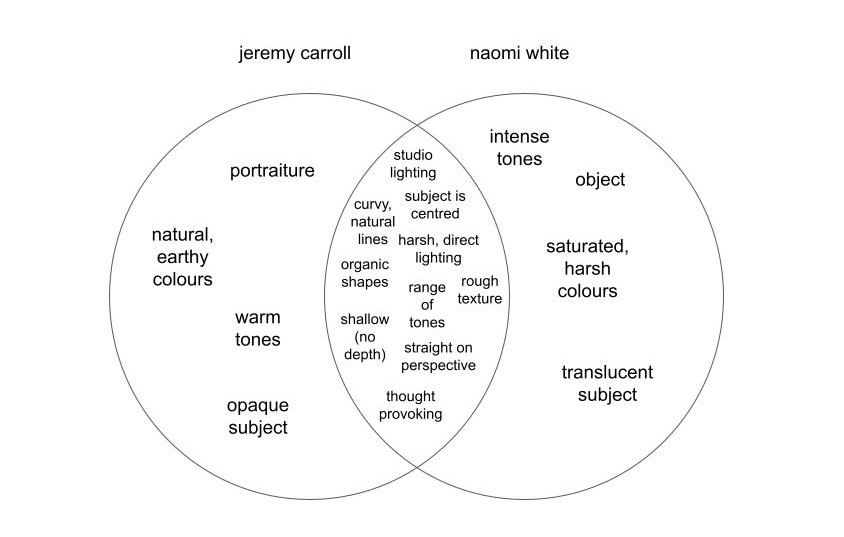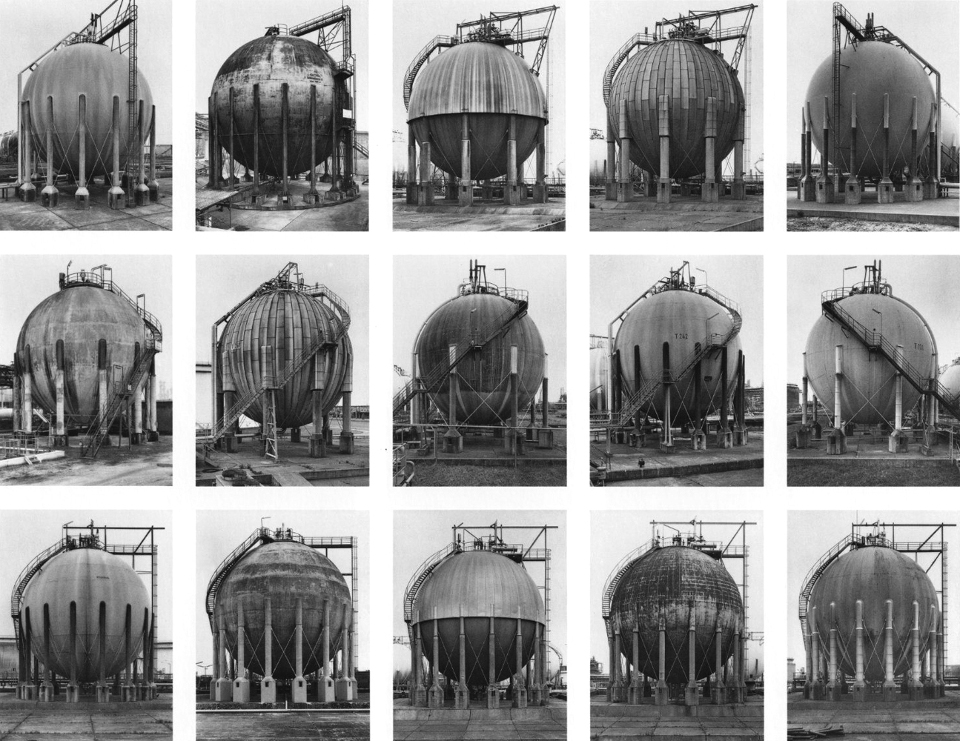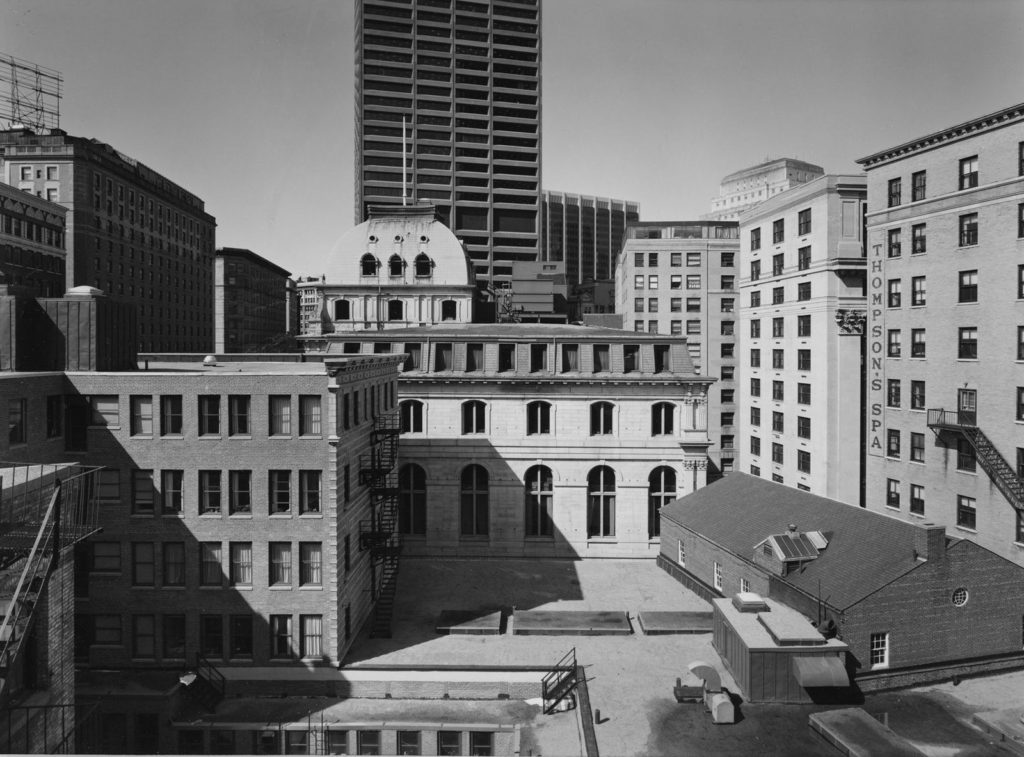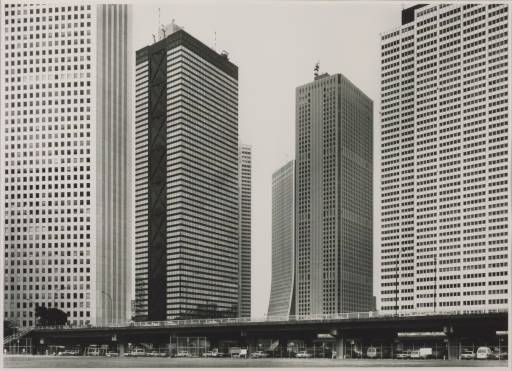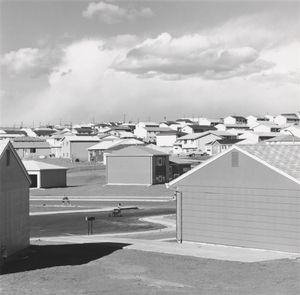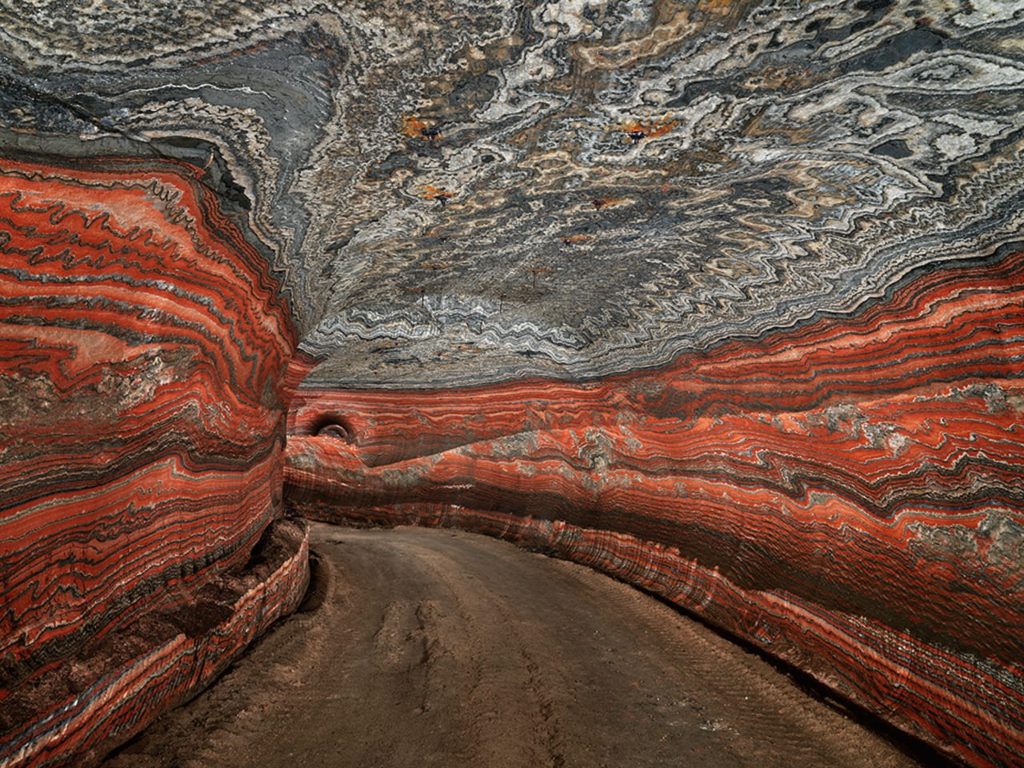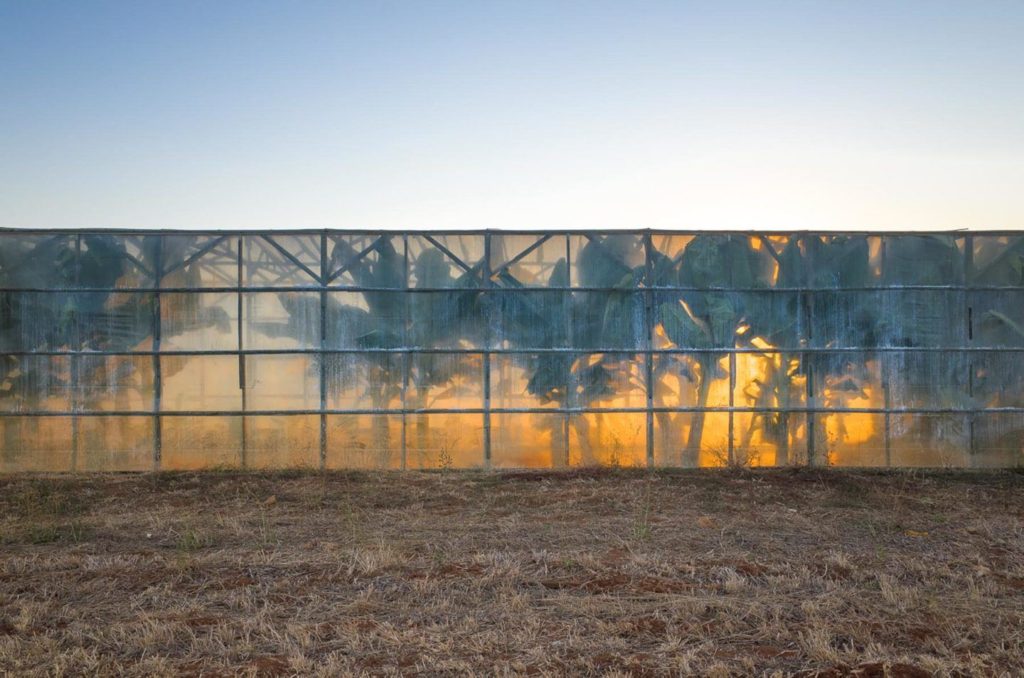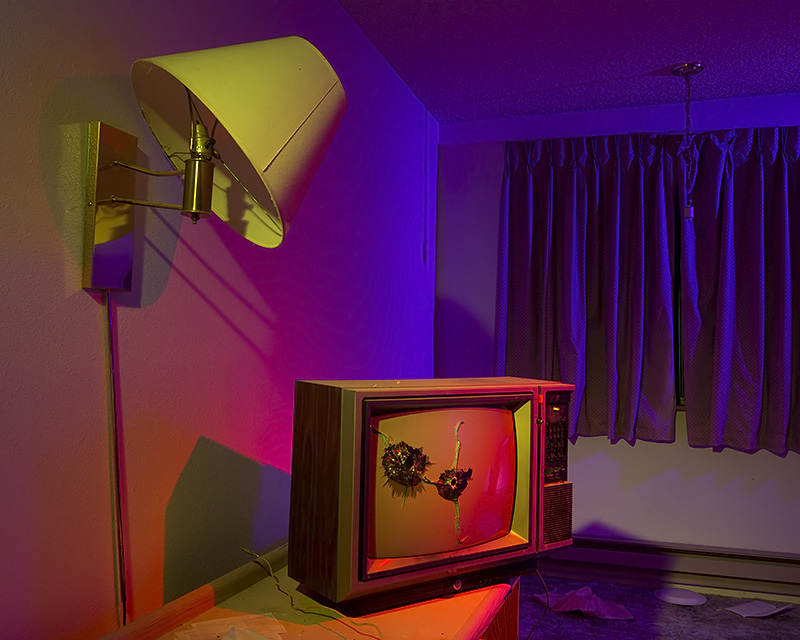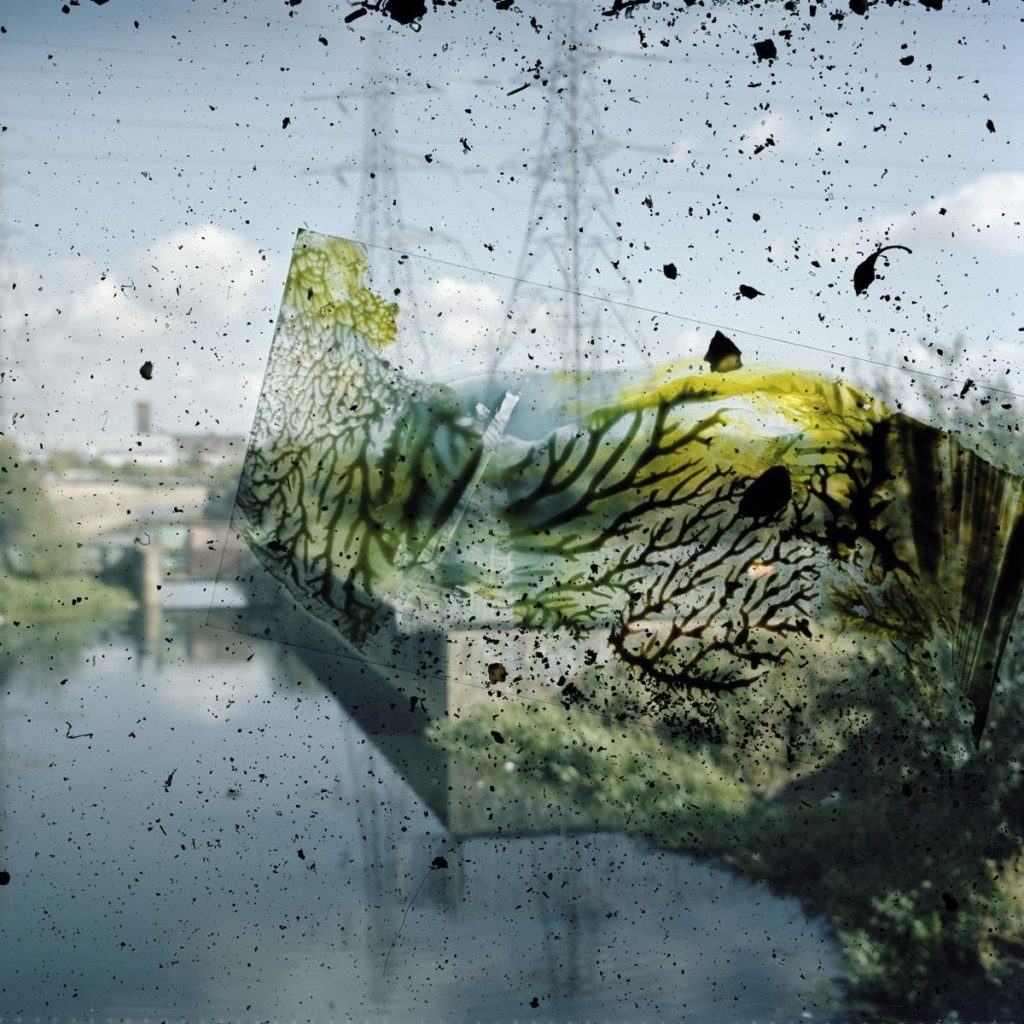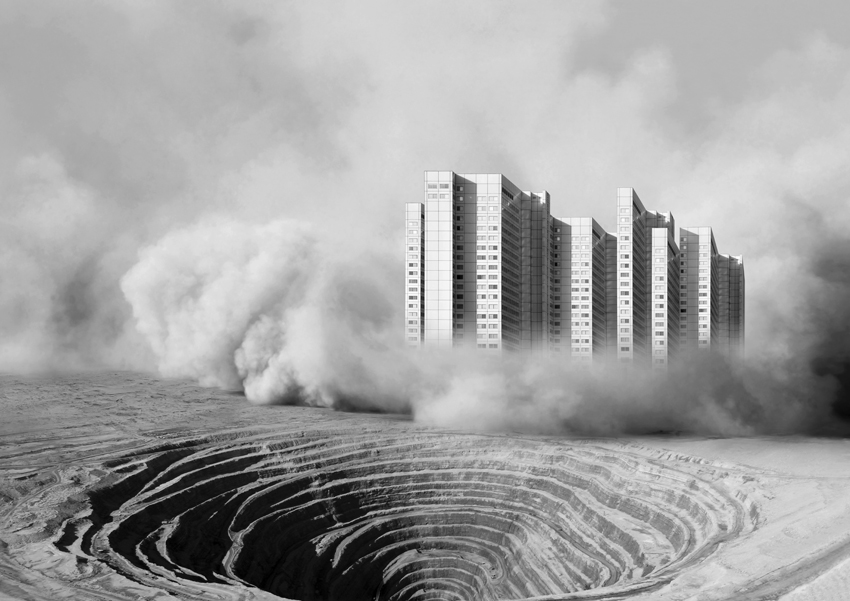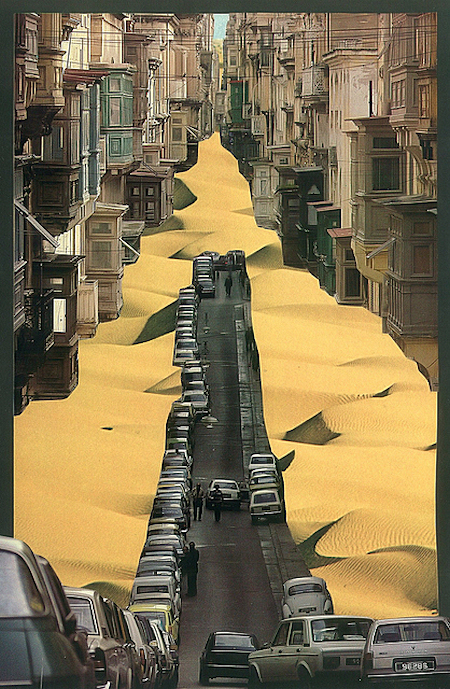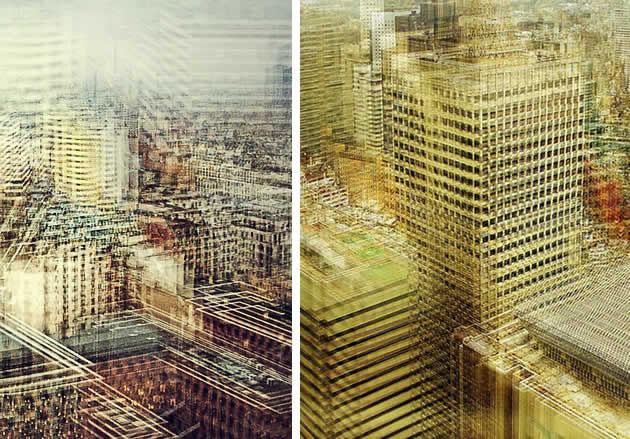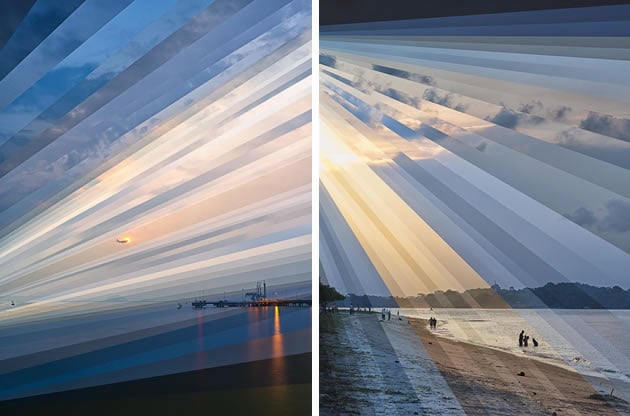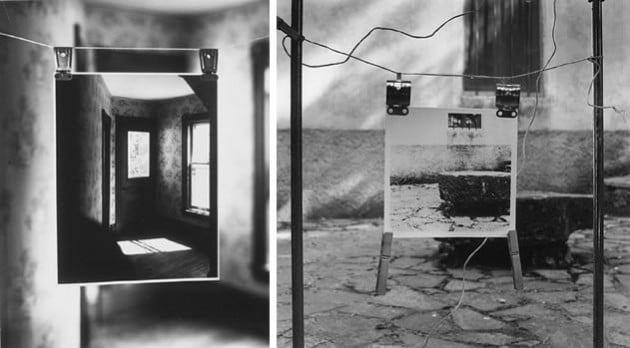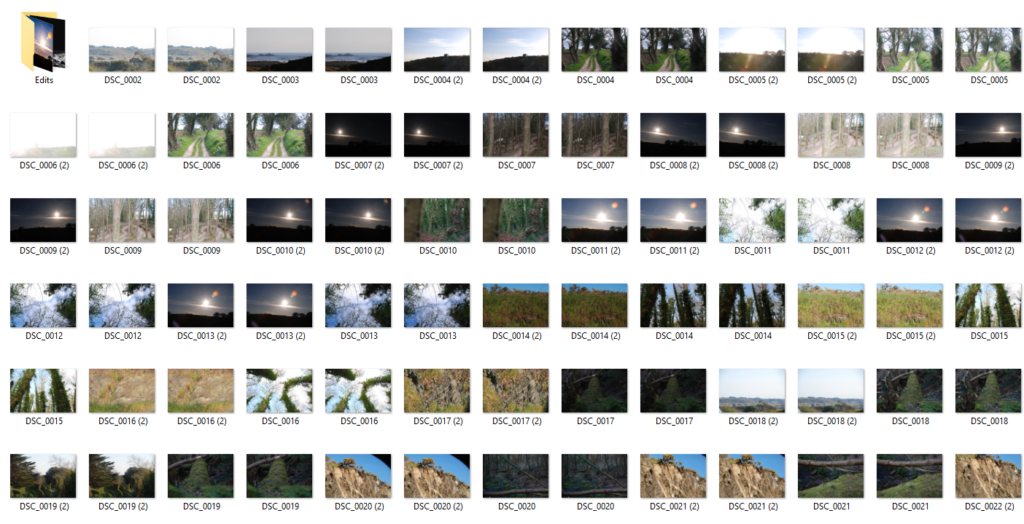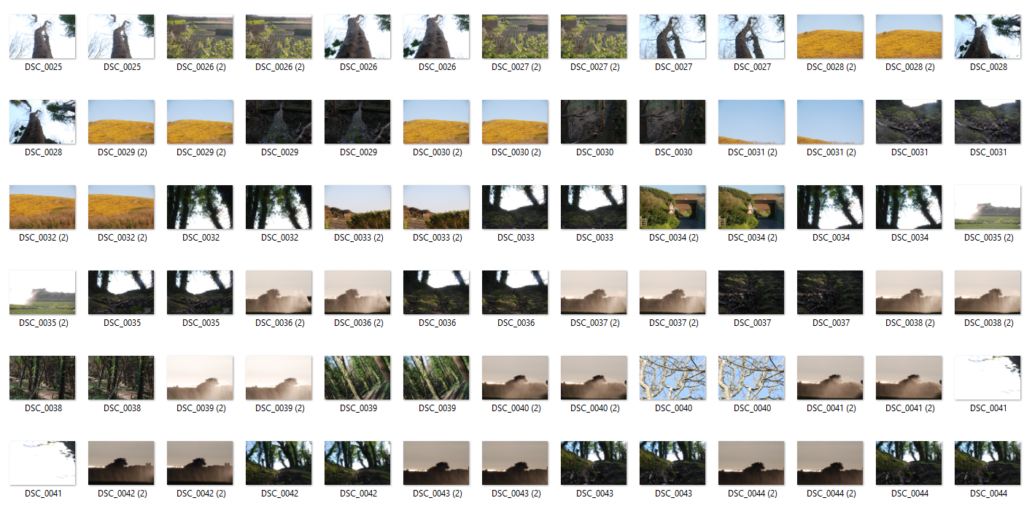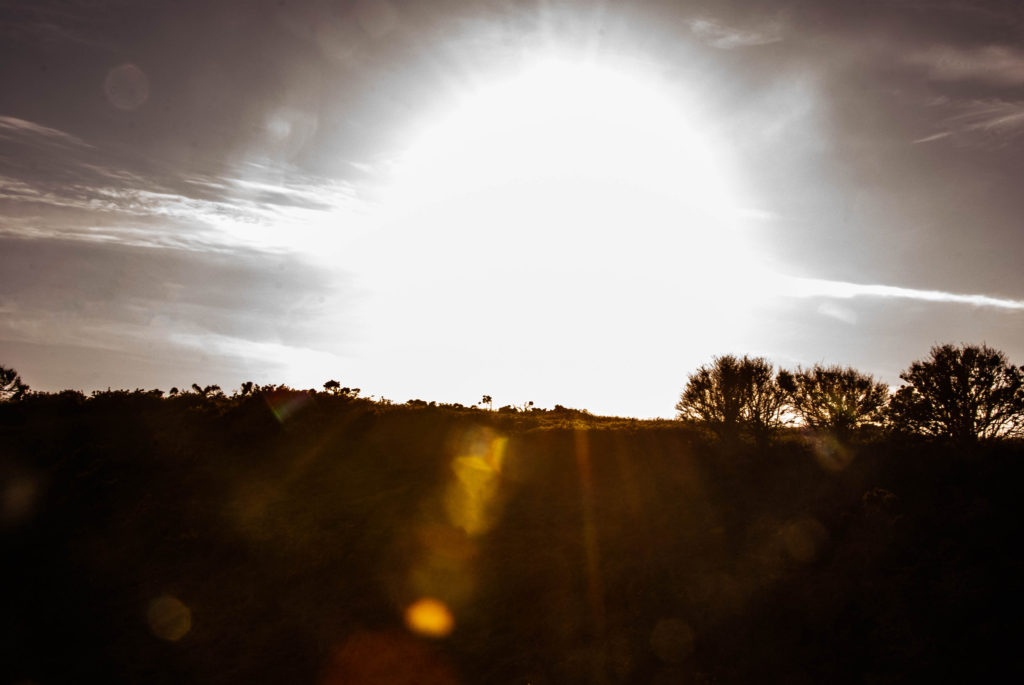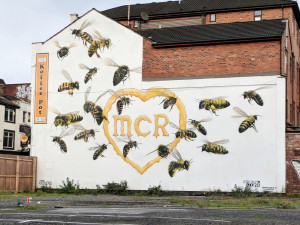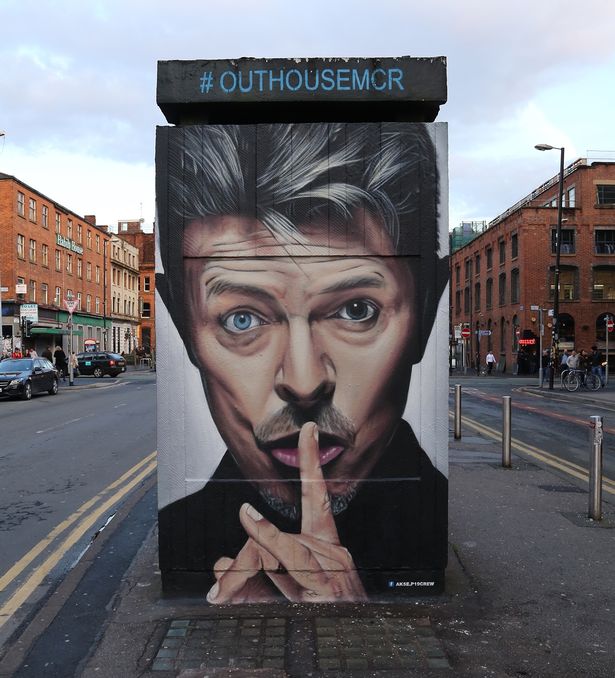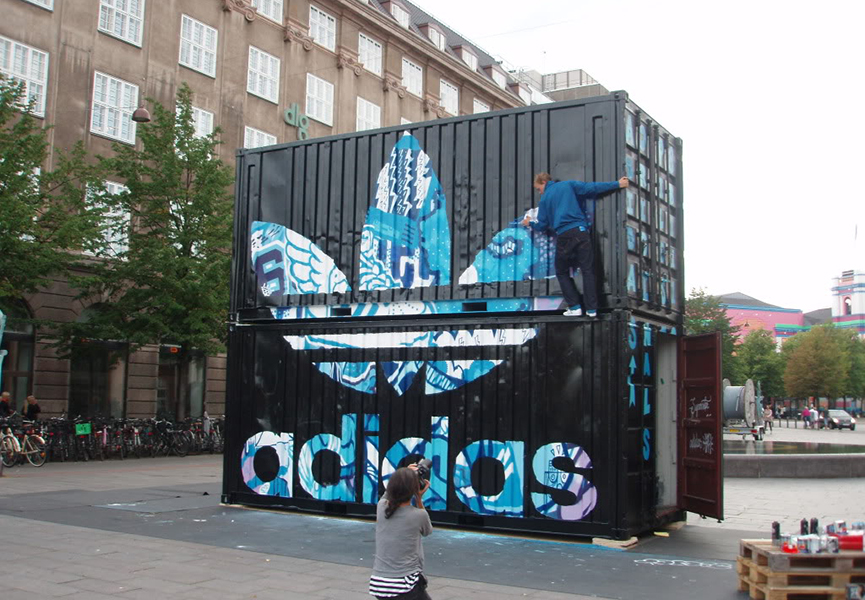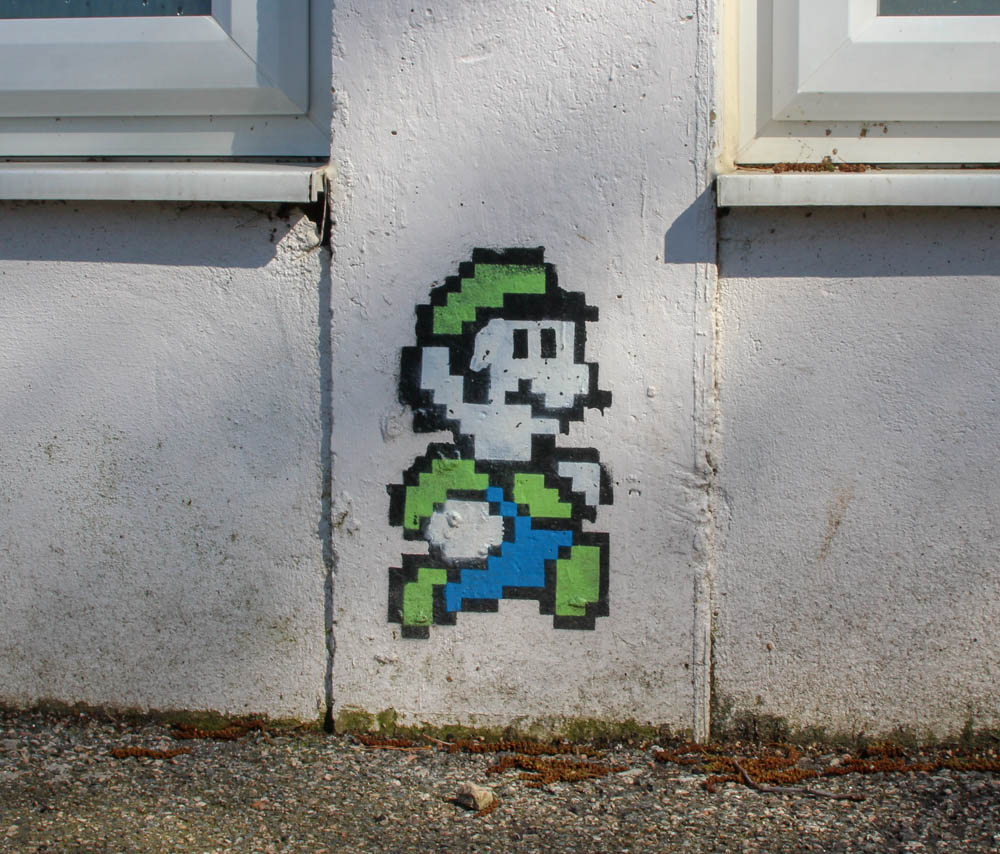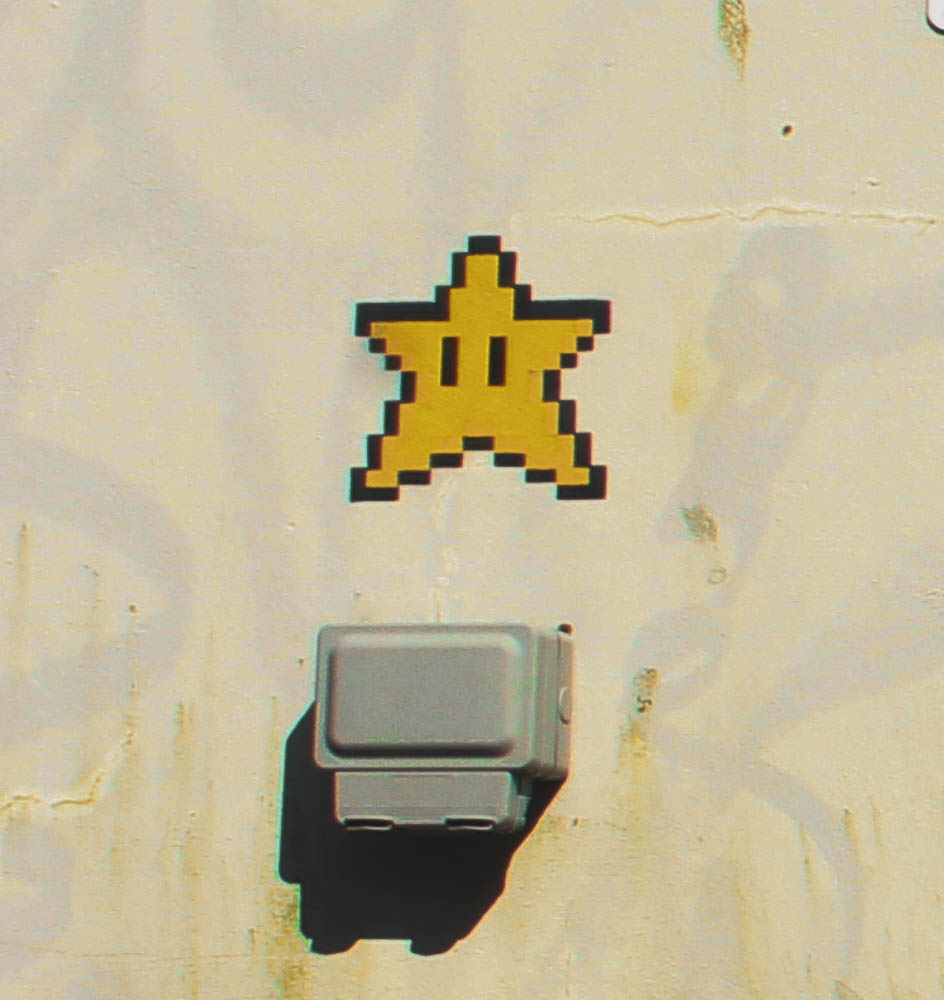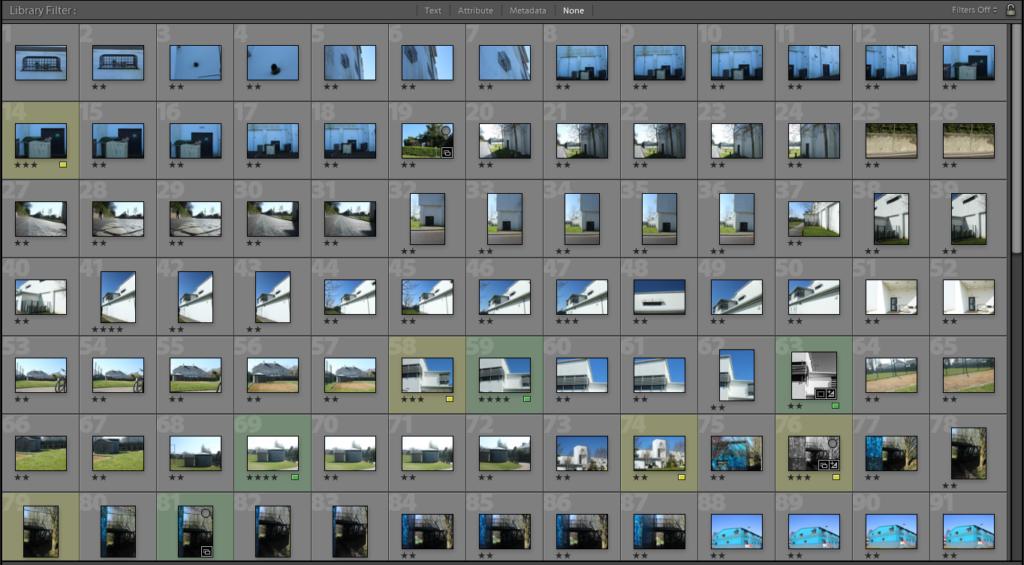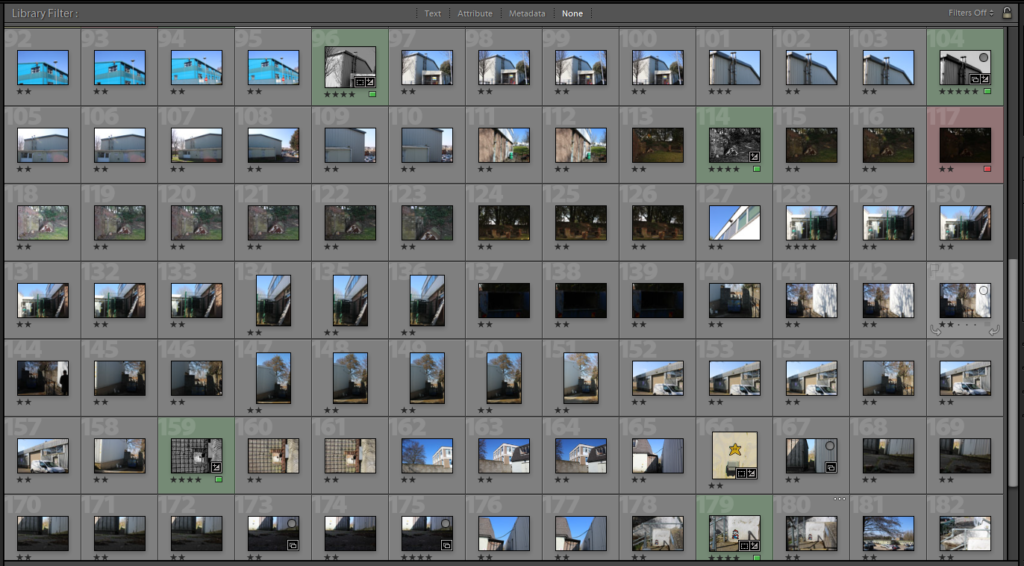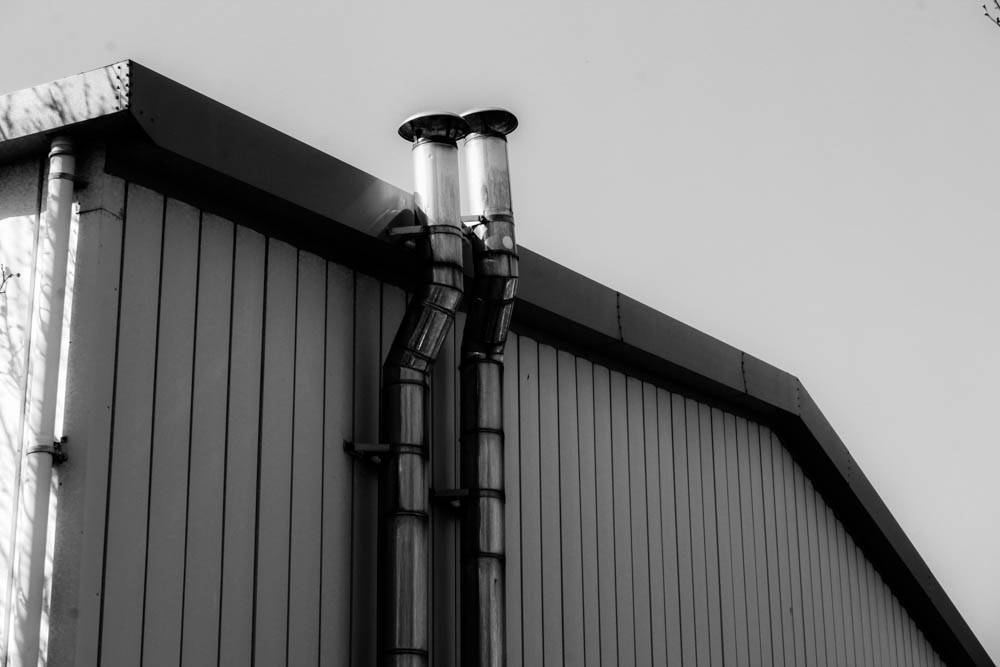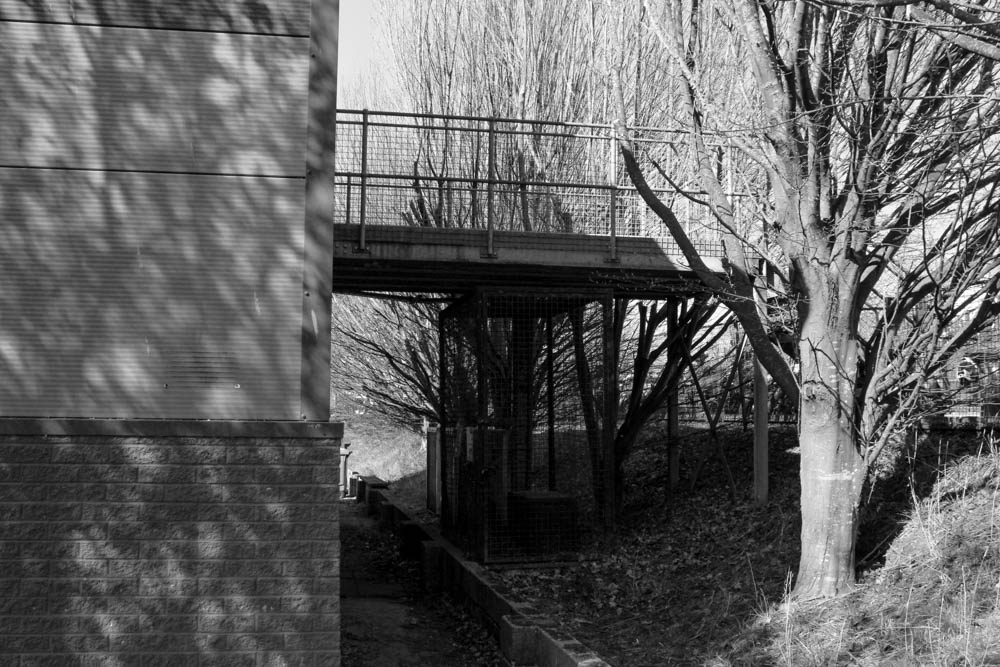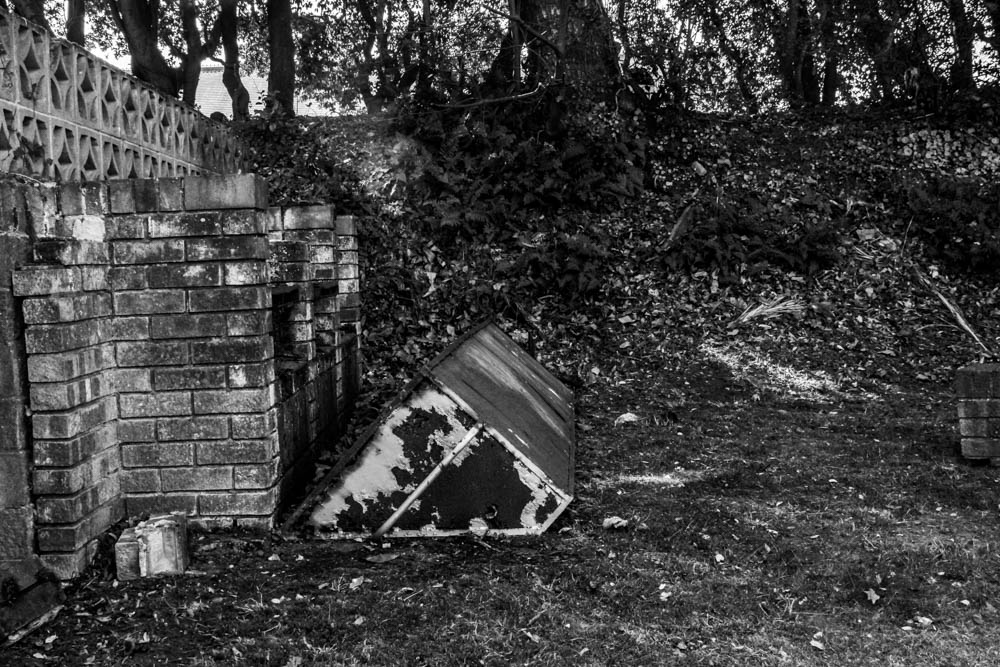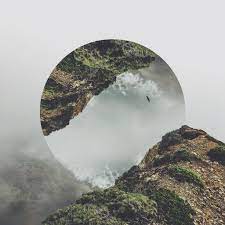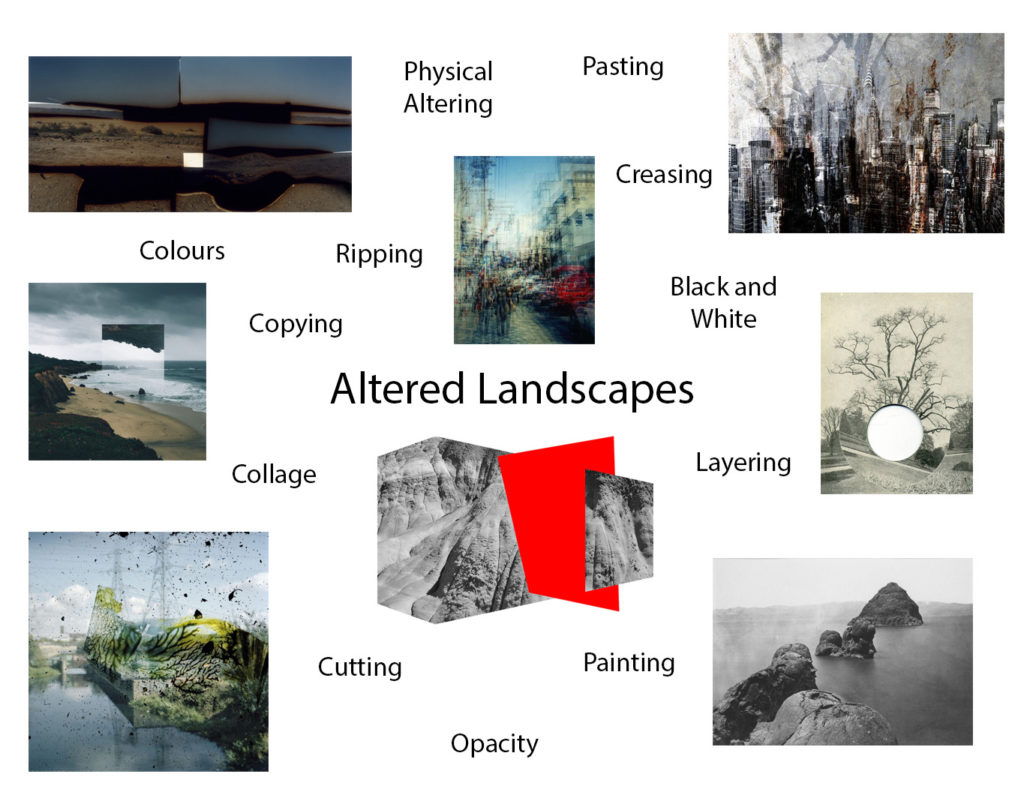Naomi White

Naomi White is an activist artist and educator who’s work focuses on ideas at the intersection of political ecology and photography. White’s aim in photography is to bring to light the issues that humanity is creating for the planet and the detrimental health of our ecosystems. She also documents the social issues of racism and the capitalist model of domination between unequal societies. White has achieved awards such as the PDN’s Objects of Desire Award, holds an MFA in Photography and Related Media from SVA in New York, and has participated in exhibitions throughout North America and Europe, as well as having her work published in The Brooklyn Rail, Fayn and Uncertain States. Naomi White is currently the Chair of Photography at the New York Film Academy in Burbank, California.
https://www.naomiwhite.com/about
Examples of Naomi White’s work



Analysis of Naomi White’s work

This image by Naomi White is part of her series which she developed in 2012, named “Plastic Currents”. The image depicts a plastic bag, lit with intense, harsh studio lighting in order to provide an almost abstract affect. This series was part of a movement created to raise awareness for sea pollution and the overall harm that humans have created to the planet.
The lighting in this image is extremely harsh, creating very intense highlights and shadows that are projected throughout the curves and folds in the bag. The lightest areas of the image can be seen around the edges of the plastic bag, which creates a jarring juxtaposition between the light and dark tones. The lighting is artificial and has been created using studio lighting, presumably projecting from underneath the object as the raised sections of the image are in darkness.
There is no use of line in this image, although the object that is being photographed, there is no form of repetition. On the other hand there could be said to be an outline to the object, as the bag has been crumpled and the outlining of the bag has various points of light and dark shading.
There is no form of repetition within this image as the focus of the project is to raise awareness of sea pollution, rather than creating abstract patterns.
Although the object is man-made, the shape of the object is still some-what organic and curved as the photograph has been taken of the bag out of it’s natural state in which it was first made.
The depth of field is impossible to state as the background is compiled of simple empty, negative space. The only representation of positive space is the bag itself, though it still has very little detail and only consists of folds and juxtaposing shadows and highlights.
The texture of the image is contrasting, as the rippled folds in the bag create a slightly rougher texture when compared to the flattened sections of the bag which display a smooth texture. However the representation of texture is not the main focus of this image.
There is a range of tones from dark to light within this image. The darkest areas can be seen mainly towards the centre of the bag, however they do begin to form strands of darkness as the viewers eyes cast away from the centre of the bag. The lightest areas can be seen around the edges of the bag, where the plastic material is less concentrated and therefor can let in more light.
There is a rather uniformed colour palette within this image, as it consists of whites, blues and blacks. the colours are saturated in some areas of the image as the man-made plastic has an artificial blue tone to it. The dominating colour in this photograph is blue, but this is juxtaposed with the dazzling white background and the intense black shadows. If the image were in black and white it would become more abstract as the plastic material could not be detected and the viewer may mistake it for another material such as paper. This would mean the aim of the project would not come across quite as prominent as the audience would struggle to work out the type of material being photographed.
There is a very simple composition to this photograph, although it does not purposely follow the rule of thirds. The focal point of the back is found mostly within the middle third of the image, with the remaining thirds being filled with negative and empty space. The image is rather unbalanced as the majority of the positive space is concentrated into the centre of the image.


